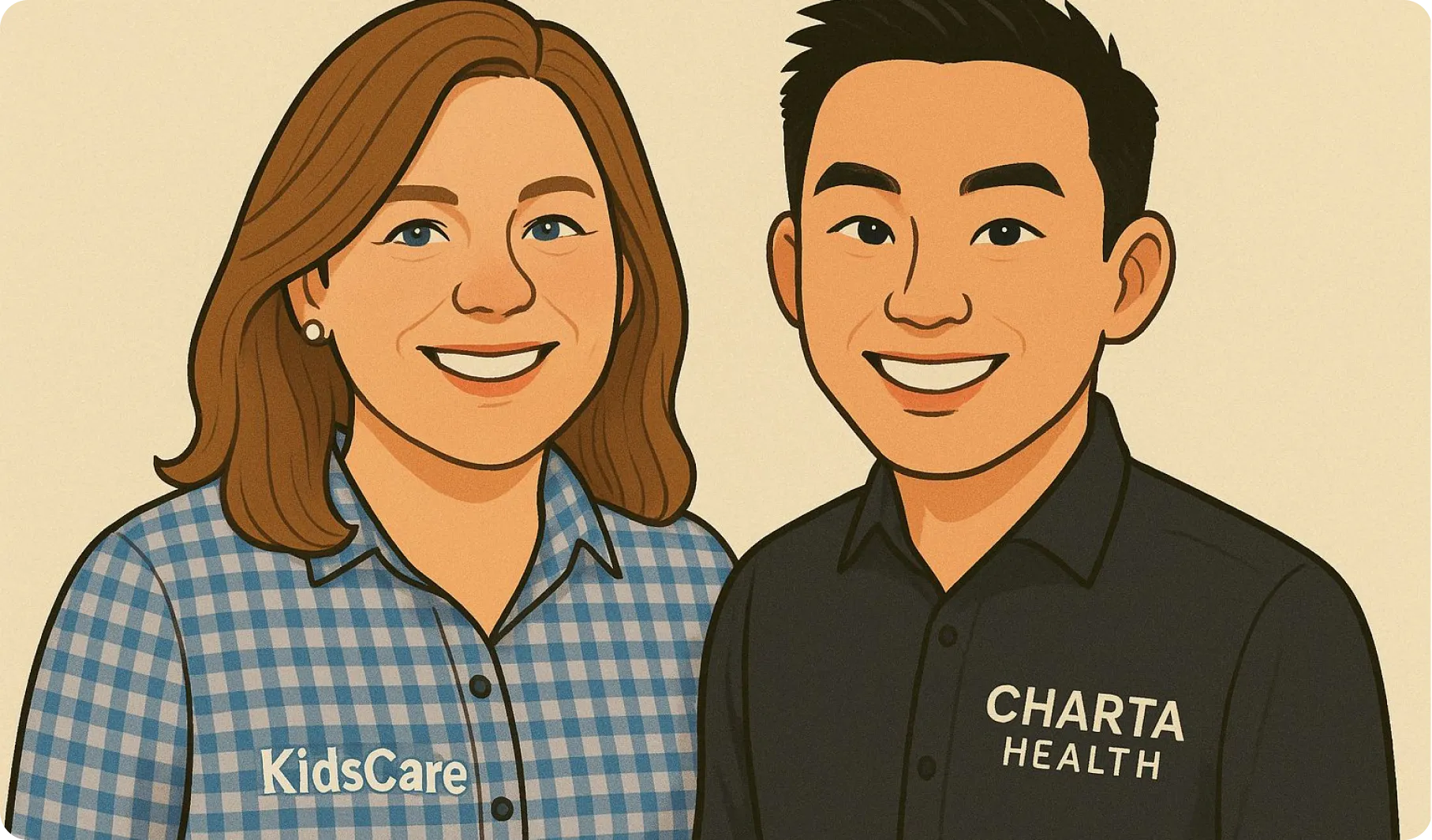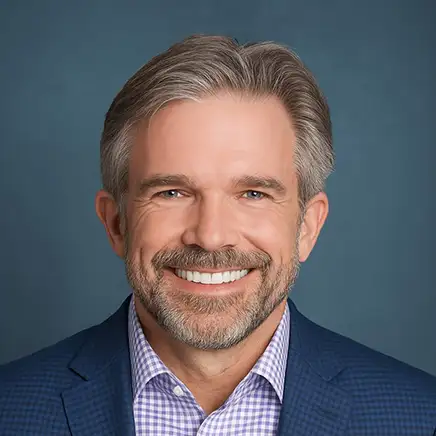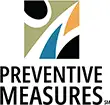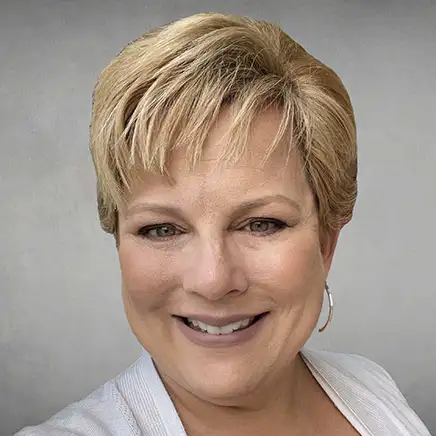The behavioral health industry runs on notes.
Every patient visit results in one.
And each of those notes needs to be manually reviewed by clinical supervisors for accuracy, completeness, and compliance.
At Preventive Measures, Inc. - a national behavioral health provider managing over a million patient encounters annually - that meant 25–30 hours a week spent reviewing documentation.
Time that could have been used to mentor teams, guide complex cases, or improve care delivery.
This is why clinical quality assurance, compliance, and documentation accuracy aren’t just back-office concerns.
They are the infrastructure of care.
When documentation breaks down, audit readiness does too.
And the cracks are already showing.
The goal? Ensure records accurately reflect the care delivered.
The reality? Supervisors could only reach a fraction of total encounters.
That’s not sustainable.
Because behavioral health documentation presents real challenges:
🔷 Clinical notes are narrative, not structured data
🔷 Compliance requirements are strict, but context still matters
🔷 And audits often arrive months later - when errors can no longer be corrected
Supervisors were doing their best to uphold standards, but the volume and pace made it difficult to keep up.
At Preventive Measures, they needed a way to review more notes - without burning out their team or overhauling their workflows.
So they came to us to solve this problem.
Our team at Charta Health integrated directly into their EHR - scanning every note in real time, flagging documentation issues, and streamlining feedback.
No additional workflows.
Just a better way to protect care quality - without piling more onto already stretched teams.
Within weeks of implementing Charta, Preventive Measures saw:
✅ A 25% reduction in supervisor time spent on documentation review
✅ 10–15 QA hires avoided - because automation scaled where people couldn’t
✅ 5–10 additional billable services per week per clinician
✅ Risks flagged in real time - not uncovered months later during audits
This wasn’t about squeezing more revenue from the system.
It was about restoring confidence in it.
Because in behavioral health, the note is the visit.
It’s how services are validated.
How care is communicated.
How outcomes are protected.
When documentation is timely, accurate, and complete—everything downstream improves.
When it’s not, no amount of manual oversight can keep up.
As Anthony Thompson, Chief Operating Officer at Preventive Measures, put it:
“Instead of reviewing documentation, clinical supervisors may be able to do 5–10 more billable services per week. That was a shift - from administrative work back to the clinical work our providers love to do.”













